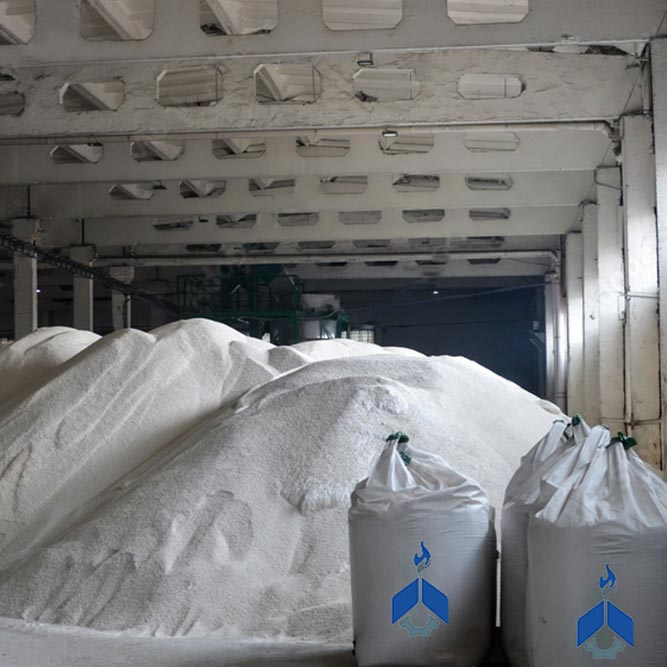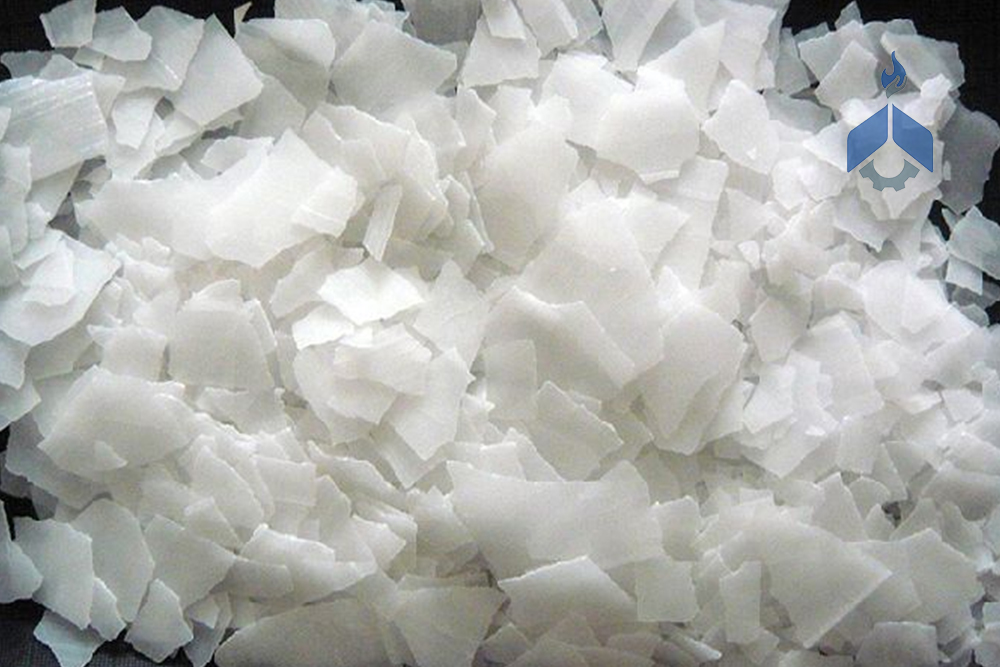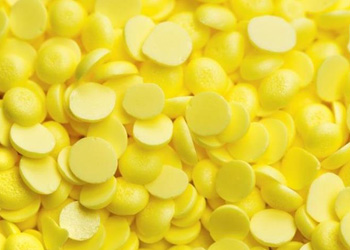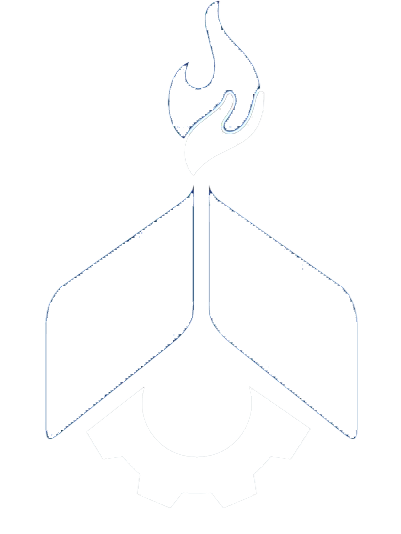Bitumen Supplying
About Bitumen
Asphalt binder/A gluey material
In Europe Bitumen and Asphalt binder is used in North America and many other countries.
A black substance containing high gluey material that is used in road construction and insulation is called bitumen.
This substance is one of the petroleum products in addition to being produced in refineries, is found naturally under lakes and in mines.
Bitumen doesn’t have a chemical formula but elemental analyzes have shown that bitumen generally contains 2% oxygen, 11% hydrogen and 87% carbon.
Heavy hydrocarbons of this composition include oil, resin and asphaltene that By changing the amount of asphaltene (5-30%), the degree of bitumen hardness changes directly.
About Bitumen

Bitumen component and its molecular structures: asphaltenes (C50H48O4), Aromatics (C46H50S), saturates (C20H42), and resins (C50H80S).
General characteristics of bitumens
- Impermeable to moisture and water
- Electrical insulation
- Resilience
- Medium stability against acids, bases and salts
- Adhesion to other materials
Safety and important points
Aside from thermal burns, the risks associated with skin contact with most tars are negligible.
Hydrogen sulphide from bitumen reacts easily with oxygen and may lead to fire in conditions of increased oxygen or temperature.
Hot bitumen should never come into contact with water
Applications
Nowadays, a remarkable amount of bitumen derived from petroleum is channeled into road paving processes, while the rest is utilized for other construction processes, such as painting, varnishes, roofing, insulation, the production of rust-protective compositions, battery boxes, and as one of the starting materials that go into the production of rubber prod ucts, brake linings and fuel briquettes
Different Grades of Bitumen and its kinds

Since it does not have any specific chemical formula so to classify bitumen lots of methods have been introduced to the industry based on the bitumen origin and its physical properties.
Classification based on production source
- Natural bitumen (other names: Gilsonite, Uintaite, Bentonite and Asphaltite) (found in: under hills, lakes, mines and volcanoes (Trinidad bitumen)): the result of the gradual transformation of crude oil due to the evaporation of solvent substances over the years.
- Refined (crude oil sedimentation or crude oil distillation)
Classification based on the percentage of constituents
Bitumen obtained from oil or minerals is called pure bitumen. This bitumen is classified into different categories based on the processes performed on it. Including:
- Ramideh bitumen,
- Mixed or soluble bitumen
Natural Bitumen (Gilsonite)
Its combination is similar to refinery bitumen and extracted as lumps.
However its micronized powder is used frequently.
Classification of Gilsonite done according to the percentage of ash as well as the particle size since it contains ash as impurity
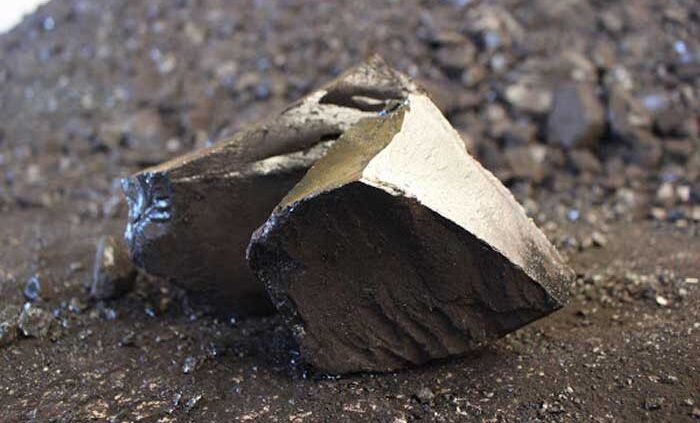

Refinery Bitumen
Bitumen which extracted from crude oil known as bitumen for short classified by adding different compounds to pure bitumen. Solvents, polymers, emulsifiers, or other compounds can be add to bitumen and then modified bitumens obtain.
According to the amount of added substance the properties of these products can be different.
Modified bitumens Classification is include
- Cutback bitumen
- Emulsion bitumen
- Polymer modified bitumen
- Oxidized bitumen
- Crystal bitumen

Cutback Bitumen
Cutback bitumen can be use in industries that require low viscosity bitumen and in cases where bitumen can not be preheated to make asphalt.
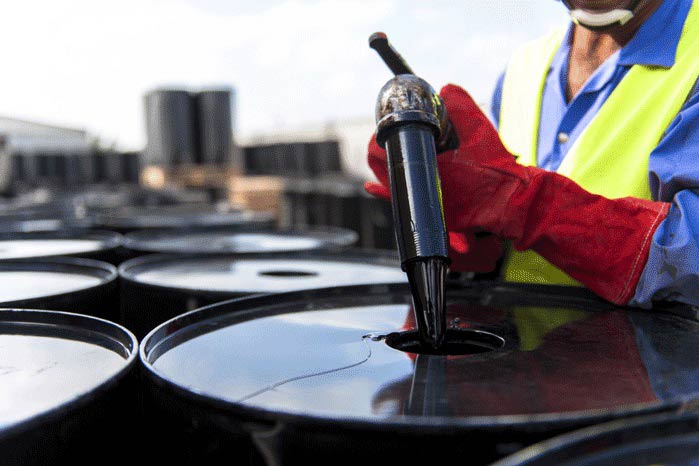
Cutback bitumen is made of viscosity bitumen and VOCs ( Volatile organic compounds) mixture.
Diesel, naphtha, diesel oil, and fuel oil are VOCs that can solve viscosity bitumen and evaporate easily therefore When Cutback bitumen is using on the surface the salvent evaporates and bitumen remains.
According to the solvent evaporation time, Cutback bitumen has different curing:
- Slow Curing(SC)
- Medium Curing(MC)
- Rapid Curing(RC)
Emulsion Bitumen

Emulsion bitumen is produced by combining a certain volume of water in the bitumen. In order to dissolve bitumen in water, a suitable emulsifier is used.
A mixture of water and bitumen will be able to happen when a suitable emulsifier is used
Particles’ electrostatic charge of the emulsifier and Breaking or setting time (the time that takes to evaporate the water) are two main factors in Emulsion bitumen classification.
Polymer Modified Bitumen (PMB)
The society’s need to improving the performance of bitumen in asphalt paving simultaneously with progress of science led to the using the various types of polymers in bitumen in the mid-twentieth century.
Various types of polymers as Natural Polymers ( Lignin), thermoplastics/ plastomers ( such as: Polypropylene, Polyethylene and Ethylene-vinyl acetate ), Elastomers ( Natural rubber, Synthetic rubber, Polybutadiene and Butyl rubber),Thermoplastic Elastomers (Styrenic block copolymers, Polyolefin blends and Thermoplastic polyurethane) and Ground Tyre Rubber ( Reclaimed scrap tyres) are added to the bitumen with a weight ratio of 1-5 %.
Oxidized Bitumen
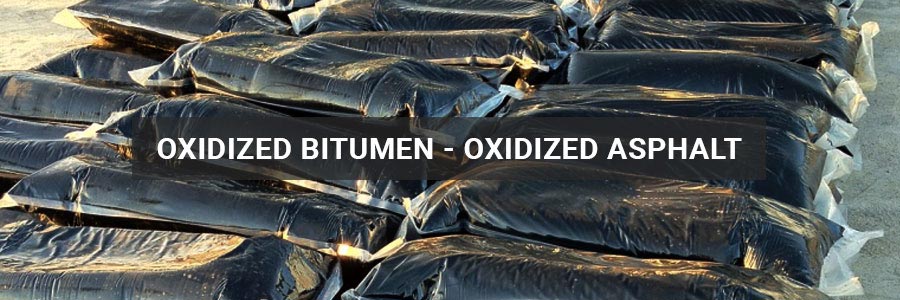
in order to Oxidized bitumen pure bitumen is transferred to another oxidation tower then by blowing hot air in a vacuum bottom Oxidized bitumen is produced.
In comparison with pure bitumen, oxidized bitumen has a lower degree of penetration and higher softening point.
Oxidized bitumen is classified based on degree of penetration, softening point and degree of oxidation.
Crystal Bitumen
After applying processes to crude oil with the purpose of making different products, crispy organic material remains in the distillation tower which named crystal bitumen.
Bitumen Grading Systems
Penetration Grading Method
Performing processes on the vacuum bottom can lead to penetration bitumen production
Classification of this kind of Bitumen can be done by a needle which with 100 grams load is applied to its surface for five seconds. (The dimension is per deci-millimeters and This test performed at 25 ° C.)
Bitumen penetration grades are:
20/30 30/40 40/50 50/60 60/70 80/100 85/100
Viscosity Grading Method
In this method bitumen viscosity measure by bitumen viscosity test at 60° C and then categorization will done.
United States introduced this method in the late 20th century.
4 grades of viscosity bitumen based on Indian Standard
VG10, VG20, VG30, and VG40
Performance Grade Bitumen
20 years after introducing Viscosity Grading Method, Performance grade suggested as newest classification method.
Despite the all introduced methods for grading, a lack of accurate methods in choose the best bitumen for an area could feel.
Products Analysi
we like to offer our customers
